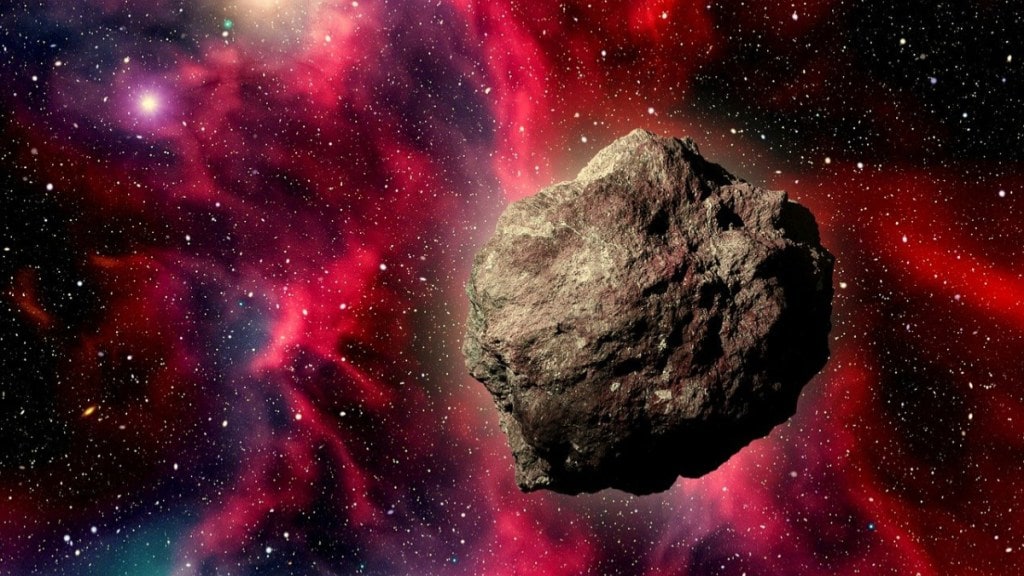A latest NASA alert says that an asteroid, which is almost the size of the space rock that caused massive destruction in Russia’s Chelyabinsk, is likely to pass by Earth today. Chelyabinsk meteor explosion had caused massive explosion in the Russia city back in 2013. Designated Asteroid 2023 UV6, the space rock will pass our planet at very, very close quarters today. Latest media reports say that Asteroid 2023 UV6 was located by Defence Coordination Office of NASA. This NASA agency is responsible for keeping a watch at the skies and monitoring every kind of NEOs or near-earth objects.
Travelling at a speed of 26,329 kmph, Asteroid 2023 UV6 pass Earth at a distance of 3.9 million km, NASA said. Asteroid 2023 UV6 is from Apollo Group of NEOs. Most of these near-Earth objects have semi-major axes, which is larger than our planet’s. This class of asteroids have been named after 1862 Apollo asteroid. The massive space rock was discovered by German astronomer Karl Reinmuth back in 1930s.
Asteroid 2023 UV6 is not the only space rock that will make a celestial pass-by. According to NASA, there are four other asteroids that will come very close to Earth this month. Asteroid 2023 UO7 is size of a bus, says NASA. It will approach Earth today itself. Asteroid 2023 UK4, which is roughly of size of a house, will also pass by Earth today. Meanwhile, Asteroid 2023 UA2 may hurtle towards Earth on October 29. The biggest of them all, which is roughly a size of a skyscraper, will approach Earth on October 30. This asteroid has been named as Asteroid 2004 UU1.
Different types of space rocks
Asteroid: An asteroid is a relatively small, inactive celestial body that orbits the Sun. These objects are primarily composed of rocky, dusty, and metallic materials. Most of them can be found within the main asteroid belt, situated between the orbits of Mars and Jupiter. However, some asteroids have orbits that bring them closer to the inner solar system, including near-Earth asteroids, while others remain beyond the orbit of Neptune.
Comet: A comet is a relatively small celestial body that also orbits the Sun. Comets are unique in that they contain ices that vaporize as they approach the Sun, creating a substantial visible atmosphere called a coma. Sometimes, they also develop a diffuse tail that can extend for millions of miles. Comets typically follow elongated elliptical orbits, spending the majority of their time far from the Sun.
Meteoroid: A meteoroid is a small rock or particle that orbits the Sun and is generally less than approximately 3 feet (1 meter) in size.
Meteor: A meteor refers to a luminous phenomenon that occurs when a meteoroid enters Earth’s atmosphere and disintegrates. This occurrence is commonly known as a “shooting star.” If the entering object is larger, such as a small asteroid, it can produce a very bright meteor called a fireball or bolide.
Meteorite: A meteorite is a fragment of a meteoroid or asteroid that survives its journey through Earth’s atmosphere and reaches the Earth’s surface.


